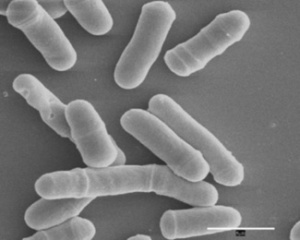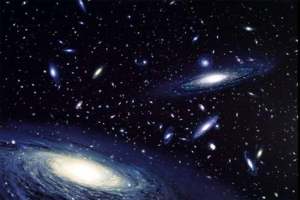Researchers at Harvard University and The Max-Planck Institute have just published a very interesting discovery about one of the most studied microorganisms on Earth. Their studies appear to suggest that S. pombe yeast does not grow old when placed under favorable conditions; it is immortal. While this might seem unlikely when we think back to the requirements for life, including growth, development, and aging, this discovery is based in the manner in which yeast reproduces. When most asexual microorganisms reproduce, they divide themselves into one mother cell that inherits all of the damage to the cell and continues to age and one daughter cell which is “fully rejuvenated”. So over generations of cells, there is a clear decrease in the generational turnover time as cells become more and more damaged. This is not, however, what occurs with S. pombe. In yeast, the damage in the cell appears to be divided between the two daughter cells so that each one takes an equal portion of the damage to the mother cell, but both have less overall damage than the mother cell. “If the cell grows and divides fast enough, the damage is diluted with each division. And provided that the total amount of damage does not overcome a certain death threshold, the cells can in theory divide indefinitely (Miguel Coehlo, first author of the paper).”
So what does this have to do with the origin of life, or life on other planets? Well, perhaps not a whole lot. But what this does tell us is that we still have a lot to learn about the inner workings of life on our own planet. We are far from understanding exactly how life works. So in the search for life on other planets, we must keep an open mind. It is quite likely that, even if we were to discover life outside of Earth, in the seas of Europa or the ice of Enceladus, we might not recognize it. While life shares many characteristics, there is also inherently an incredible amount of diversity in the development and existence of life. We have a relatively good footing in the definition of life, but we are still at a loss when it comes to the big picture of how and why we are alive. And given that we barely understand our own existence, it seems like we should perhaps broaden our expectations in looking for life in the universe. We never know, after all, what form it will take on and whether it will even remotely resemble the life that we are accustomed to.
Bontemps, Johnny. “A Microbe’s Fountain of Youth.” A Microbe’s Fountain of Youth. Astrobiology Magazine, 4 Oct. 2013. Web. 04 Oct. 2013.
Images:
http://adoubtersramblings.wordpress.com/2010/07/15/07-14-2010-a-fine-tuned-universe/
http://www.astrobio.net/exclusive/5722/a-microbes-fountain-of-youth


